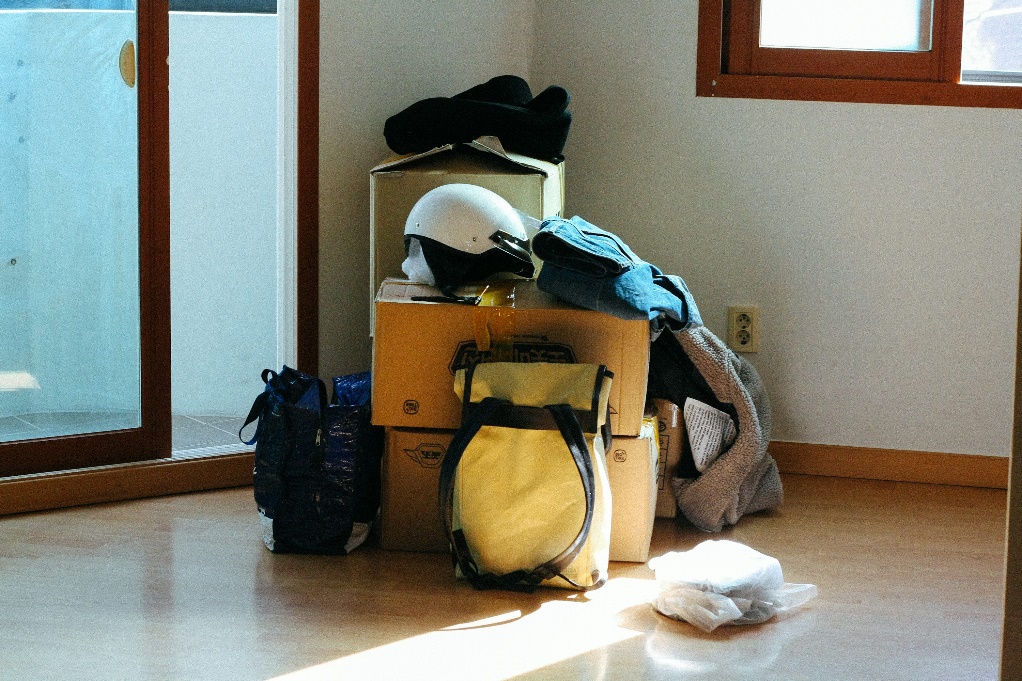Change, though daunting, often opens the door to possibility. Among the most physically and emotionally demanding transitions in life is a major move—one that uproots familiarity and thrusts individuals into new surroundings, routines, and perspectives. The logistics of relocating—sorting, packing, discarding, coordinating—consume considerable attention. But once the boxes are packed and the final tape is sealed, the real journey begins: crafting a meaningful life beyond the move. The weeks and months that follow the relocation require more than just unpacking material possessions; they demand the construction of comfort, identity, and belonging in a new environment.
Leaving behind a home means more than abandoning walls and furniture. It signifies the end of a chapter built on routine, connection, and memory. Navigating what comes next involves establishing not only new routines but also discovering joy and stability in unfamiliar territory. The challenge lies in shifting from survival mode—where every action is dictated by necessity—to one where choices begin to reflect aspirations and values once again.
Building a Foundation: The Role of Reliable Moving Services
A successful move often begins long before the final destination is reached. Planning, coordination, and execution all play pivotal roles in ensuring a seamless transition. Among the most critical decisions in this phase is choosing the right help for the heavy lifting—literally and figuratively. This is where the value of hiring experienced professionals becomes evident.
Opting for reliable assistance provides more than physical transportation of belongings. It offers peace of mind during a period otherwise filled with stress. Carefully vetted professionals can reduce the risk of damage, delay, and emotional strain by handling logistics efficiently. For those undertaking short-distance relocations, working with local movers ensures timely service and familiarity with regional regulations or potential challenges.
Finding Familiarity in New Surroundings

After the dust settles, the process of adapting begins with the creation of comfort in one’s new space. This doesn’t merely mean arranging furniture or hanging artwork—it’s about restoring familiarity and reestablishing rhythm. Humans are creatures of habit, and even the smallest routine can instill a sense of control and grounding.
Simple actions such as morning rituals, evening walks, or consistent meal times create psychological anchors. Reintroducing favorite objects into daily life, like a well-worn chair, cherished mug, or favorite scent, also helps bridge the emotional gap between the past and the present. These rituals and symbols send subtle messages of safety and stability to the mind, slowly nurturing a sense of home within the new environment.
Establishing a Sense of Community
Isolation is a common companion after a move, particularly when existing support systems are left behind. Making an effort to build connections in a new community is essential not only for social well-being but also for emotional resilience. The desire for meaningful human interaction doesn’t disappear simply because of relocation; in fact, it becomes even more vital.
Engaging with neighbors, attending local events, and volunteering are practical ways to meet new people and start forming a social circle. These interactions may begin as small talk but often blossom into deeper connections that provide a sense of inclusion and shared identity. Community doesn’t form overnight, but it builds through repeated exposure, openness, and participation.
Exploring Identity Beyond the Past
Relocating offers an unusual yet powerful opportunity: the chance to reinvent. While the act of moving is often associated with loss or separation, it also clears the slate for growth. Without the anchors of past perceptions and routines, individuals can reexamine who they are and who they want to become.
New surroundings invite experimentation with lifestyle, interests, and even personal style. Freed from the constraints of expectations held by old acquaintances or neighbors, it becomes easier to explore alternative career paths, pick up dormant hobbies, or adopt healthier habits. The new environment becomes a canvas on which to paint aspirations previously set aside due to familiarity or fear of judgment.
Navigating Emotional Peaks and Valleys
Despite best efforts, the post-move period is rarely a linear progression of positivity. Emotional fluctuations are normal and expected. There may be moments of excitement over new discoveries, followed by pangs of nostalgia or homesickness. Acknowledging this duality without judgment is key to emotional stability.
It’s important to give space to grief—grief over lost routines, familiar places, and even relationships. Suppressing these feelings can hinder adjustment. On the other hand, staying trapped in nostalgia prevents appreciation of the present. Recognizing both ends of the emotional spectrum and allowing time for acceptance enables healthier adaptation.
Creating New Traditions and Milestones
As life begins to settle, crafting new traditions marks the shift from temporary adjustment to long-term belonging. These rituals don’t have to be elaborate. Weekly dinners, seasonal activities, or annual celebrations unique to the new home environment can help foster a sense of place and permanence.
Marking milestones—however small—reinforces progress. Whether it’s celebrating the first friend made, the first successful recipe cooked in the new kitchen, or even a full week of feeling settled, these acknowledgments build confidence and connection. In time, they evolve into memories associated with the new chapter.
Embracing the Long View
Transitioning after a move isn’t something that happens in a week or even a month. It’s a process that unfolds in layers—some emotional, some practical, and others deeply personal. The initial discomfort gradually gives way to routine, which eventually opens the door to belonging.
What matters most is approaching this phase with patience and compassion. There’s no one-size-fits-all roadmap. Some days will feel stagnant, others productive, and some outright overwhelming. With consistency in small efforts, the unfamiliar becomes familiar. The space, once filled with moving boxes, transforms into a haven of daily life.
In the end, moving is less about transporting objects and more about transporting identity and possibility. It is an invitation to recalibrate, reconnect, and reimagine what life can be. Beyond the move lies not just a new address but a new story waiting to be lived—one that’s just beginning to unfold.


